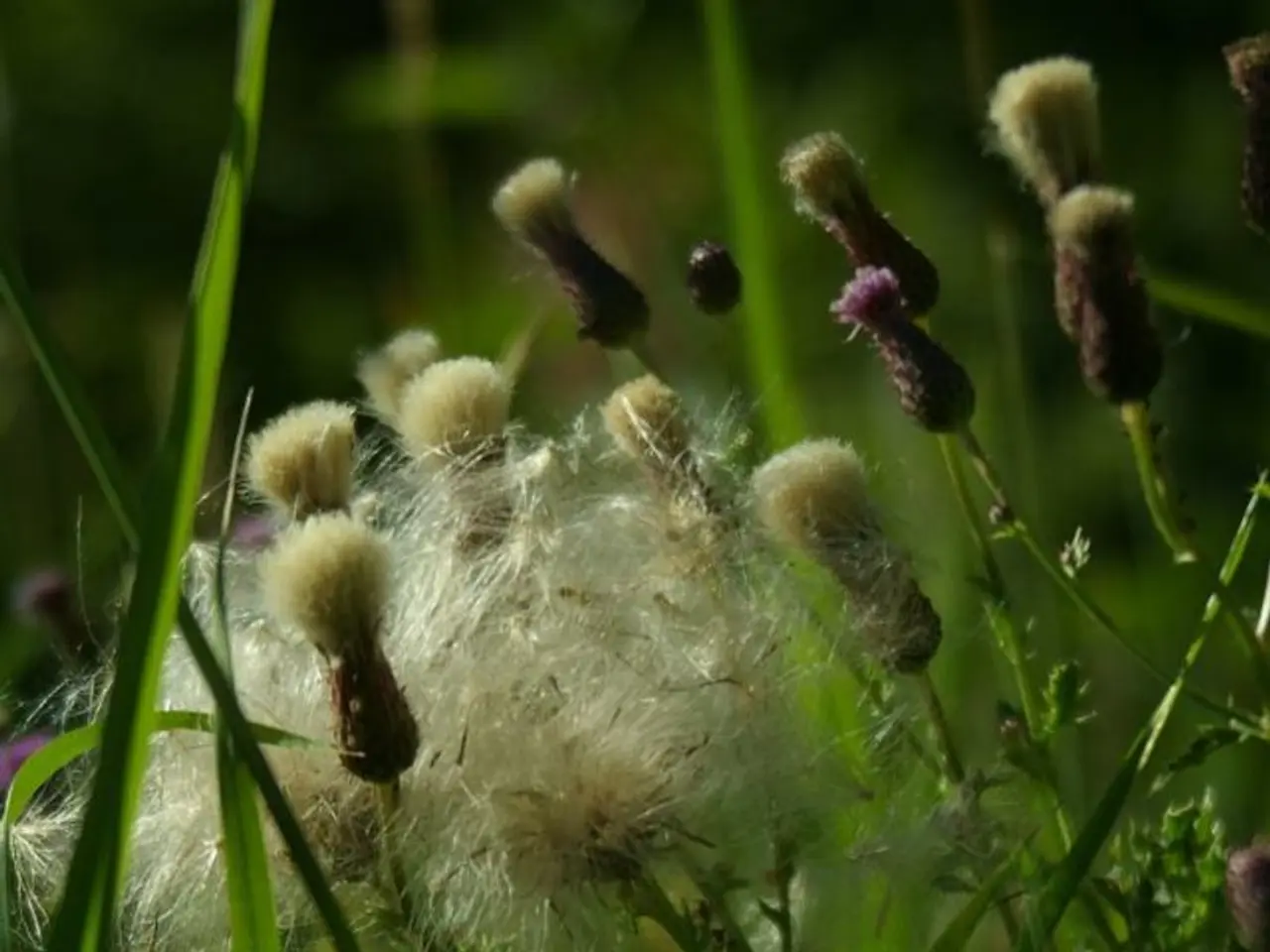Maintaining a Clean and Hygienic Hydroponic Farm: Tips and Tricks
Hydroponic farming, a method of growing plants without soil, has gained popularity for its efficiency and practicality, especially in conditions where traditional soil cultivation is challenging. However, maintaining cleanliness and hygiene is crucial for the success of a hydroponic farming operation.
Water Quality and Management
Water is the heart of a hydroponic farming system, and being mindful of its quality is critical for plant growth. Use high-quality source water, test it regularly, and treat it appropriately to remove chlorine, chloramines, or impurities through activated carbon filtration or reverse osmosis. Maintain water temperature between 65°F and 75°F to reduce pathogen growth and keep dissolved oxygen levels optimal. Change the nutrient solution completely every 2-3 weeks to avoid nutrient buildup and adjust pH daily for stability.
System Sanitation
Clean hydroponic systems regularly to prevent mineral deposits, algae growth, and pathogen buildup. Use approved sanitizers like hydrogen peroxide between crop cycles. UV sterilizers can provide continuous disinfection in recirculating systems. Flush systems every 1–2 weeks to manage salt buildup and algae.
Pest Prevention and Control
Adopt a prevention-first strategy by keeping tools sterilized, quarantining new plants before introducing them, and removing dead leaves or debris promptly. Maintaining good airflow, temperature, and humidity reduces pest-friendly conditions. Block light to minimize algae growth. Use organic-safe treatments like neem oil, insecticidal soaps, or hydrogen peroxide as needed.
Monitoring and Maintenance
Conduct regular inspections for pest signs such as discolored leaves or wilting. Use traps to monitor pest populations. Keep detailed records to identify outbreaks early. Maintain a clean growing area by removing dead plant material and sterilizing equipment.
Environmental Controls
Maintain optimal temperature, humidity, and airflow to discourage pests and diseases. Balanced conditions help plants resist infestations and prevent fungal growth like mold or mildew. For example, lettuce prefers 15-20°C and 50-70% humidity.
In summary, rigorous water management, frequent sanitation of systems and tools, proactive pest prevention, and continuous environmental and plant health monitoring together form the best hygiene practices in hydroponic farming. Using fans to circulate air within the production area and screens to filter and regulate moisture levels also contribute to a healthy growing environment.
Lastly, avoid using old or expired supplements to prevent separation and potential hazards. By adhering to these practices, you can maintain an ideal climate for plant growth and enhance the overall hydroponic farming experience.
- Embracing hydroponic farming as a home-and-garden activity or incorporating it into one's lifestyle, requires careful water management and system cleaning to ensure plant growth and prevent contamination.
- Good gardening practices in hydroponic systems involve maintaining water quality, regularly sanitizing the systems, adopting a pest prevention strategy, and continually monitoring and adjusting environmental conditions, all of which contribute to a healthy home-grown produce.




